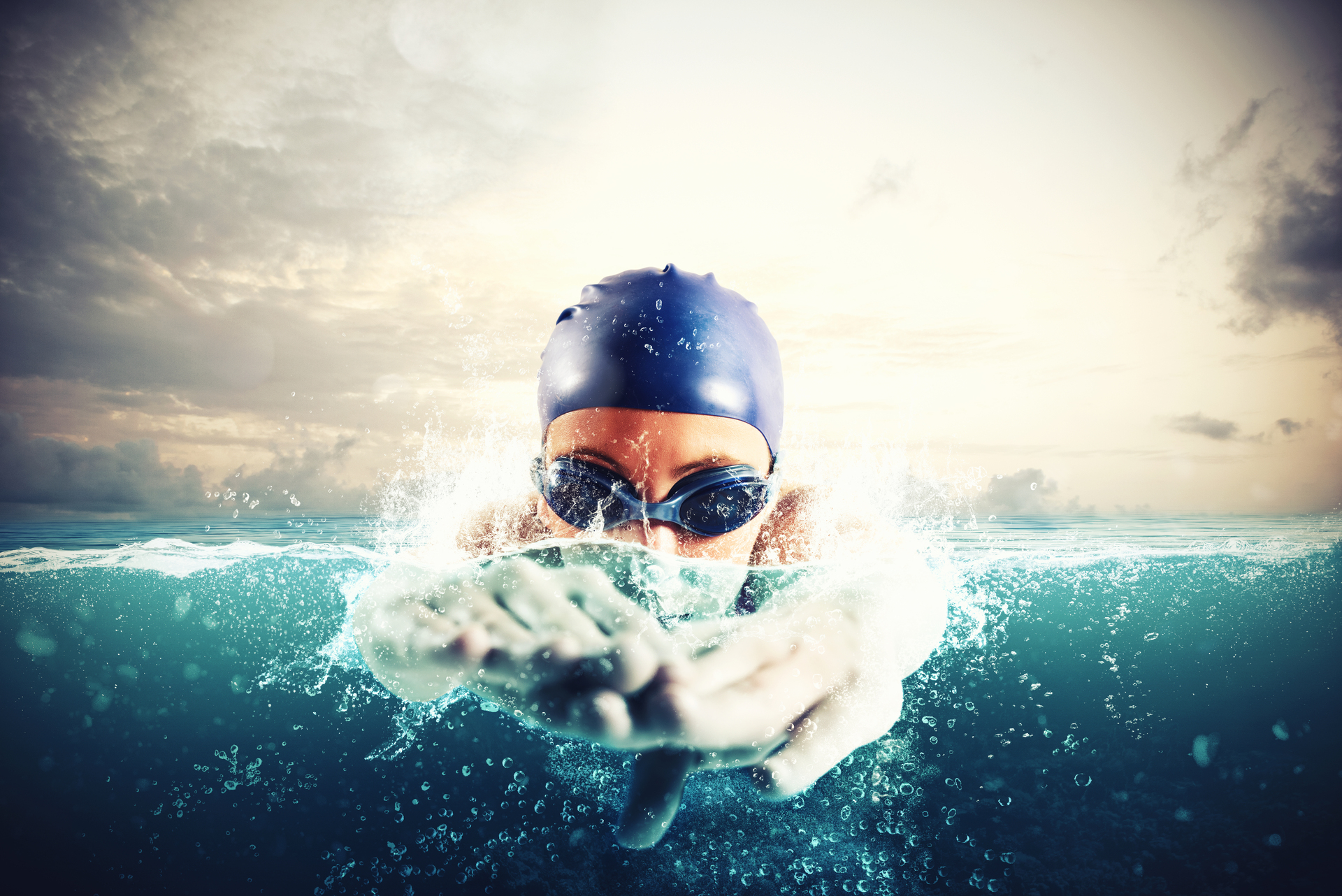The Art of Streamlining: A Comprehensive Guide to Improving Body Position and Reducing Drag in Competitive Swimming

Swimming is a multifaceted sport that intertwines physical prowess, mental resilience, and scientific principles. As the delicate ballet of movements unfolds in the water, the importance of each technical nuance becomes apparent. One crucial yet often understated element in this graceful dance is the art of streamlining - the ability to maneuver through the water with minimal resistance.
Part 1: The Drag Dilemma
Understanding drag is paramount in comprehending the necessity of streamlining. When we refer to 'drag' in the context of swimming, we are talking about the forces that resist the swimmer's forward motion. It's the primary obstacle to speed and efficiency.
There are three forms of drag a swimmer combats:
-
Frictional drag results from the friction between the swimmer's body and the water molecules. It's a constant battle throughout the swim.
-
Pressure or form drag comes into play due to the pressure difference between the front (leading edge) and the back of the swimmer.
-
Wave drag becomes relevant when a swimmer's speed is near or beyond their hull speed, leading to wave creation.
Part 2: Streamlining - The Secret Weapon
Streamlining is all about reducing these forces. It involves optimizing your body's shape and position to decrease resistance in the water. If we can analogize, it's like comparing a flat rock with a round pebble. The former causes a significant disturbance upon entering the water, while the latter slips in with barely a ripple. That's the power of streamlining!
Part 3: The Body Alignment Blueprint
Achieving a streamlined form starts with proper body alignment. Your body should maintain a horizontal position in the water, with your head aligned with your spine. Tilting your head up or down disrupts this alignment, increases your body's frontal area, and contributes to additional drag.
Part 4: The Push-Off Practice Drill
To practice and perfect the streamlined body position, use the pool wall. Push off from the wall in a streamlined position: extend your arms straight in front, overlap your hands, squeeze your ears with your biceps, gaze downwards, and keep your legs straight behind you. Try to glide as far as possible without using your arms or legs. This drill will help you understand the power of maintaining a streamlined body position.
Part 5: Minimizing the Frontal Area
The frontal area, the portion of your body that faces the direction of movement, has a significant impact on form drag. The larger this area, the more water you push against, creating more drag.
To minimize your frontal area, keep your body as narrow as possible. This process means keeping your arms and legs close to your body during your stroke cycle and avoiding wide, sweeping movements. Imagine yourself as a sharp knife slicing through butter – your body should move through the water similarly - narrow, straight, and smooth.
Part 6: The Kick - A Delicate Balance
The kick in swimming can be a double-edged sword. While it provides propulsion, an improper kick can create a substantial amount of drag. To ensure your kick is more of a benefit than a hindrance, avoid kicking too deep or too wide, as these increase your frontal area. Instead, aim for quick, narrow kicks that slightly break the surface of the water.
Part 7: Propulsion Maximization
Reducing drag is not just about body positioning, it's also about how you propel yourself through the water. Efficient propulsion involves streamlined, powerful movements that push water behind you. The underwater pull-through phase of your stroke is particularly important. This phase, when executed properly, generates the majority of propulsion.
A technique known as the 'high elbow' catch is a key part of efficient pull-through. It involves maintaining a high elbow position during the pull phase, which promotes a longer, more powerful, and streamlined stroke.
Part 8: Consistency and Continuous Improvement
Streamlining perfection comes with time and practice. Incorporate specific drills into your training routine that focus on achieving a streamlined position. Utilize technology such as video analysis to track your progress and to ensure your movements are as efficient as possible.
Part 9: Fitness and Conditioning - The Unsung Heroes
Technique is undoubtedly essential, but it's not the entire story. Physical conditioning - muscular strength, flexibility, and cardiovascular endurance - play a massive role in streamlining. Your physical fitness level determines how long you can maintain a streamlined position during a swim.
Conclusion: The Streamlining Symphony
Streamlining in swimming is a symphony of science, technique, and physical conditioning. By honing in on reducing drag and perfecting your body position, you can significantly improve your efficiency, speed, and performance. Swimming isn't just about the rate at which you move your limbs; it's about how seamlessly and effectively you navigate through the water. Immerse yourself in the art of streamlining, and let the water be your dance floor. Here's to faster times, personal bests, and the journey of becoming a more accomplished swimmer. Dive in, and happy streamlining!